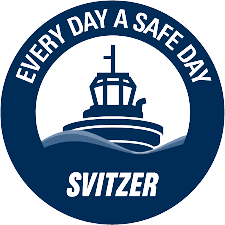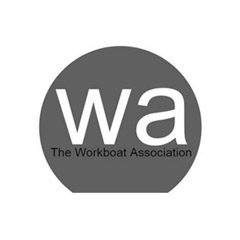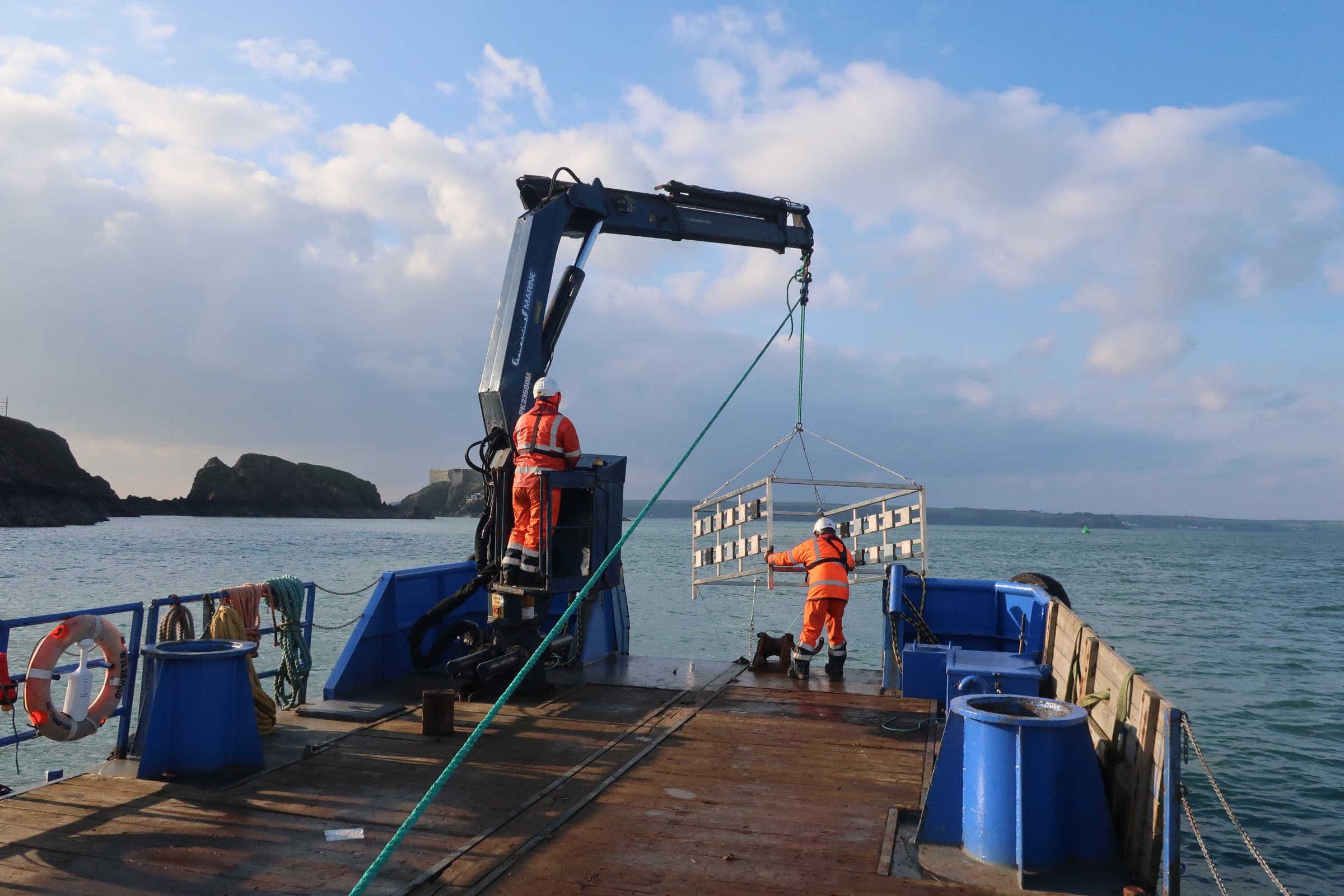
2nd February 2022
Recovery frames – Swansea university
Why?
Marine biologists, at Swansea University are carrying out an important experiment to check the growth of marine organisms on different construction materials under the sea.
This type of experiment has not been carried out before. There are 2 or 3 similar studies globally, but these studies have only tested concrete as opposed to any other construction material and are being done over a 12-month period. This experiment which will be conducted over 3 years. With more projects being built under water such as wind turbine foundations; oil & gas rigs; sea walls; piers and jetties, the team want to ask 2 key questions:
– What effect does construction under the sea have on marine life?
– What construction material should be used for creating the best environment for marine life?
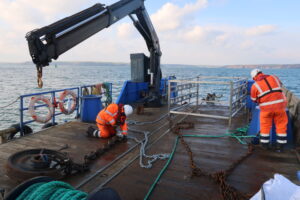
Where?
The frames were lowered into The Haven at Chapel Bay on the southern side. The team wanted to ensure a robust test of whether different construction materials were colonised by a suite of species. Therefore, Chapel Bay represented a good site as it was likely to support larvae of many species, giving them a chance to see what species might colonise.
This diversity was due to the seabed being mixed sediments (mud, sand and cobbles), a good tidal flow for transporting larvae, and clean fully marine saline water (near the entrance to the Haven – and far enough away from the river inland). This was in addition to being sheltered enough that the experiment should likely withstand the worst of the winter storms for a few years. All frames are facing south so they get an equal test.
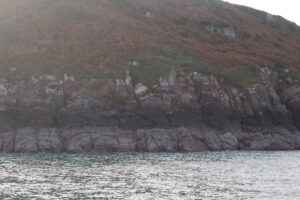
Materials
There are 12 different types of materials being tested: 8 different concretes; 2 different rock and 2 different metal – there are 10 of each tile type so 120 tiles in total, spread over 5 frames – they’ve been randomly split over the 5 different frames.
The frames are relatively shallow, being at 7m CD. Thus, with the tidal range, they were usually at 8-14m depth. This was considered a good depth as it was fully subtidal which made it interesting (and less-studied) from a marine biology perspective, it typically represents a depth of much coastal marine infrastructure, and yet they were also able to easily access the experiment by scuba for surveys.
The frames were relatively heavy (~200kg) and made of marine grade stainless steel (316). The legs are built to ‘dig-in’ to the seabed 20cm and so effectively stood their ground on the seabed, but they were further secured by a ground chain that ran 30m across the seabed to a solid mooring and riser chain with a buoy. This also allowed the team to dive down the riser chain, and then along the ground chain in order to find the frames easily.
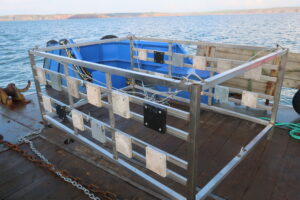
Experiment
This experiment has been a 3 year project. Each August the team go out and dive to take underwater photographic surveys of the tiles which gives them summer data. The photos are overlaid with a digital grid containing 100 points. The species growing under the points are identified and the data added up to give a percentage. This winter, they are now collecting the frames from the water after 3 years. Once recovered they hope that examining the tiles will provide some interesting “winter” biology to contrast with the summertime photos. This allows for an understanding of the seasons.
Upon recovery, the team will put the still-living tiles into individual aquariums (on land). Then they will measure how the colonising organisms may change the chemistry of the sea water, answering two important questions:
1. Do the colonising organisms produce or consume oxygen in the water? This is important to understand. The organisms that colonise the different construction materials may affect how much oxygen is available in the water for other species to breathe. It’s possible to imagine that a heavily urbanised estuary may support more consumers (animals) than producers (plants), ultimately depleting oxygen to levels that limit biodiversity.
2. How much do they eat? By injecting lab-grown algae into each aquarium, the team measures how much algae is eaten over time. This gives an idea of whether different construction materials may host more ‘voracious’ species. These could potentially deplete our coastal waters of algae, fish-eggs, larvae and plankton. The team lead had this to say:
“Ultimately, if there are differences in the numbers and types of species that colonise different construction materials, we may be able to use this knowledge to make better environmental choices about how to build future marine infrastructure”
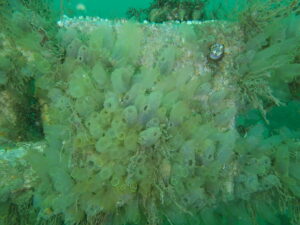
Recovery
Williams Shipping’s vessel, the Wiltango was used for the recovery of the frames, as she has a deck winch and hiab. She was supplied with 1 skipper and 2 of our deck crew. It roughly takes half a day to recover one frame. They have recovered 3 of the frames so far. Each frame takes the team about 3 days’ work in total.
Each frame is lifted onto Quay 3 at Williams Shipping’s marine base In Milford Haven by their crew. They are moved up the quay using our forklift. Then moved into the makeshift warehouse space, provided by Pembroke Port. The researchers are hoping to recover the last frame in the next couple of weeks. The weather has had a big effect on the timing of the recovery. The project has been hampered by high winds and fog.
For more information on our projects, or if you are after a similar solution, contact Williams Shipping on 023 8023 7330 or email [email protected].








